Siberian school-leaver launches pizza into space and chats with Elon Musk
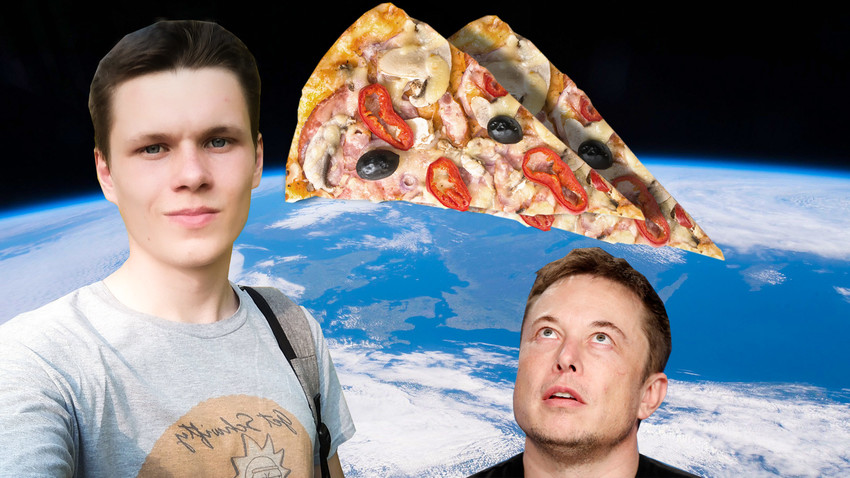
Many people first heard about ToSky on June 2, 2019, when the company launched a toy Lada into space with a figure of Dmitry Rogozin, general director of the Russian State Space Corporation (Roscosmos), inside. To do so, the startup from Tomsk (3,000 east of Moscow) used an aerostat, basically a high-altitude balloon.
But Nikita Cheban, ToSky’s 20-year-old founder, had in fact launched his first spacecraft two years previously, immediately after graduating from high school in 2017.
After-school activities
The results of his first shot at the lower stratosphere were impressive: “The aerostat rose to an altitude of 15 km. The signal it transmitted was fairly stable, which showed that aerostats can lift radio equipment and cover a large area.”
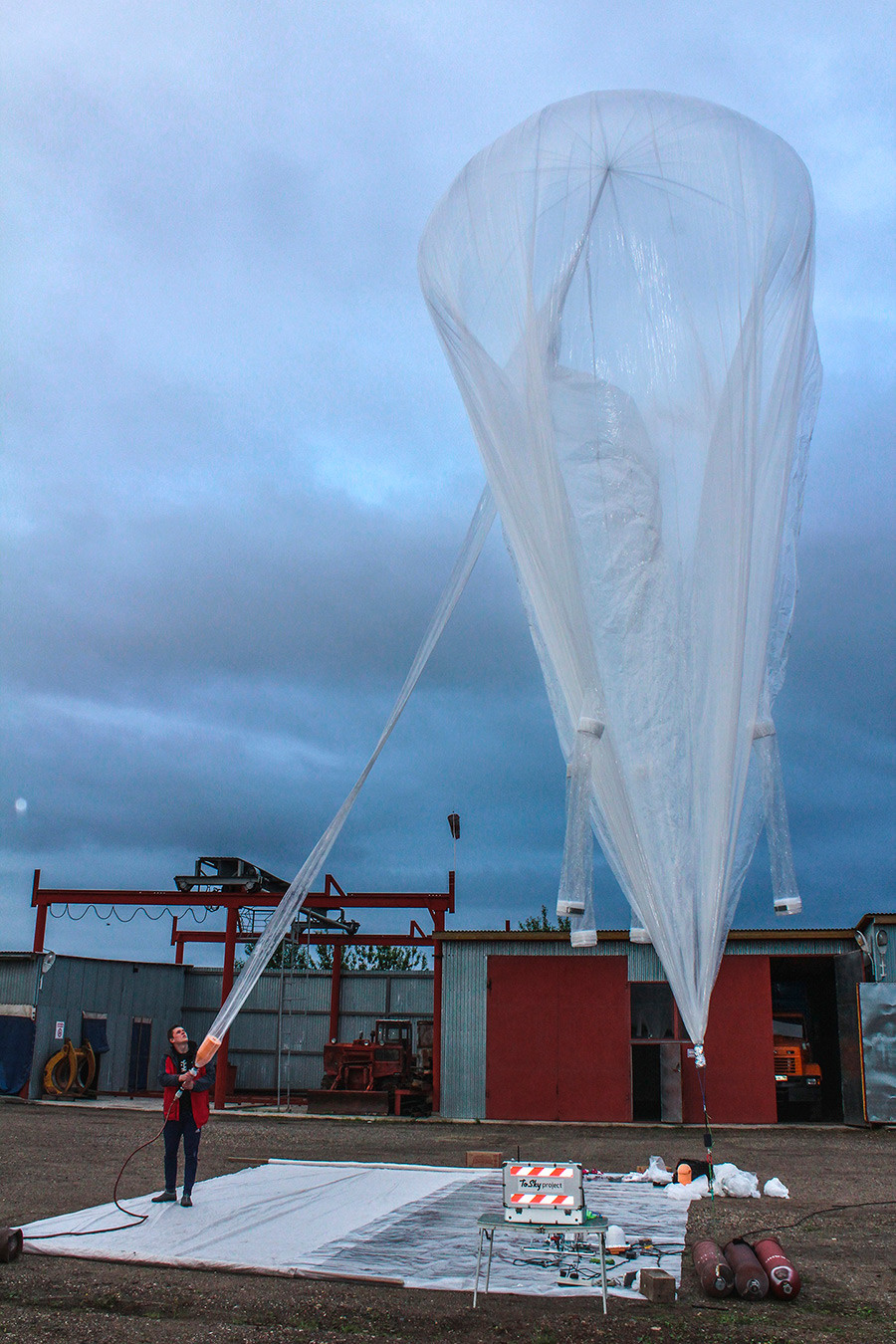
The main aim of the flights by ToSky and other better-known companies (like U.S.-based Loop) is to provide the world’s remote regions with communications.
“In my village, we always had problems with radio comms. The only way to get coverage was to find a point higher than the buildings and trees,” says Cheban.
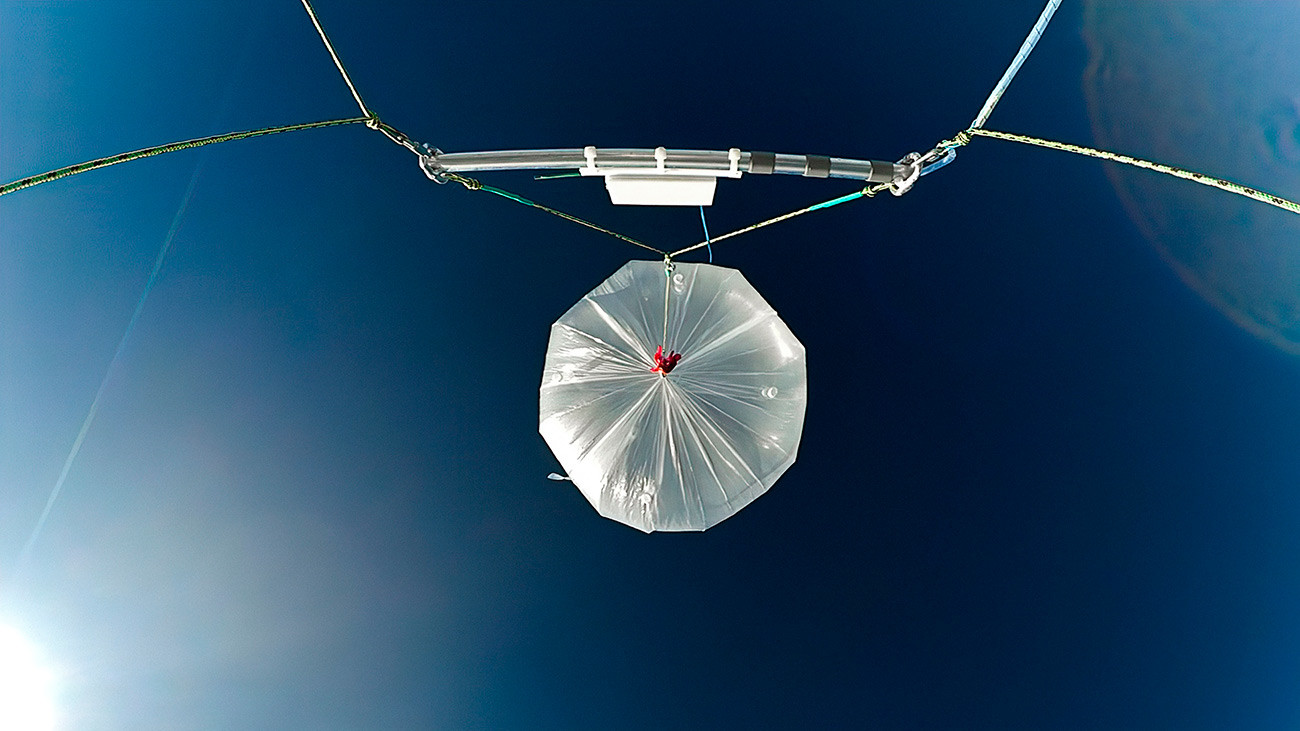
Since building a network of such points would be a costly endeavor, Cheban wondered if it would be more efficient to use aerostats.
Cosmic costing
The cost of launching a high-altitude balloon varies widely depending on the objective, cargo, altitude, and quality of materials used in the vehicle. In short, the launch price can vary from 70,000 rubles to several million dollars (in the case of NASA aerostats).
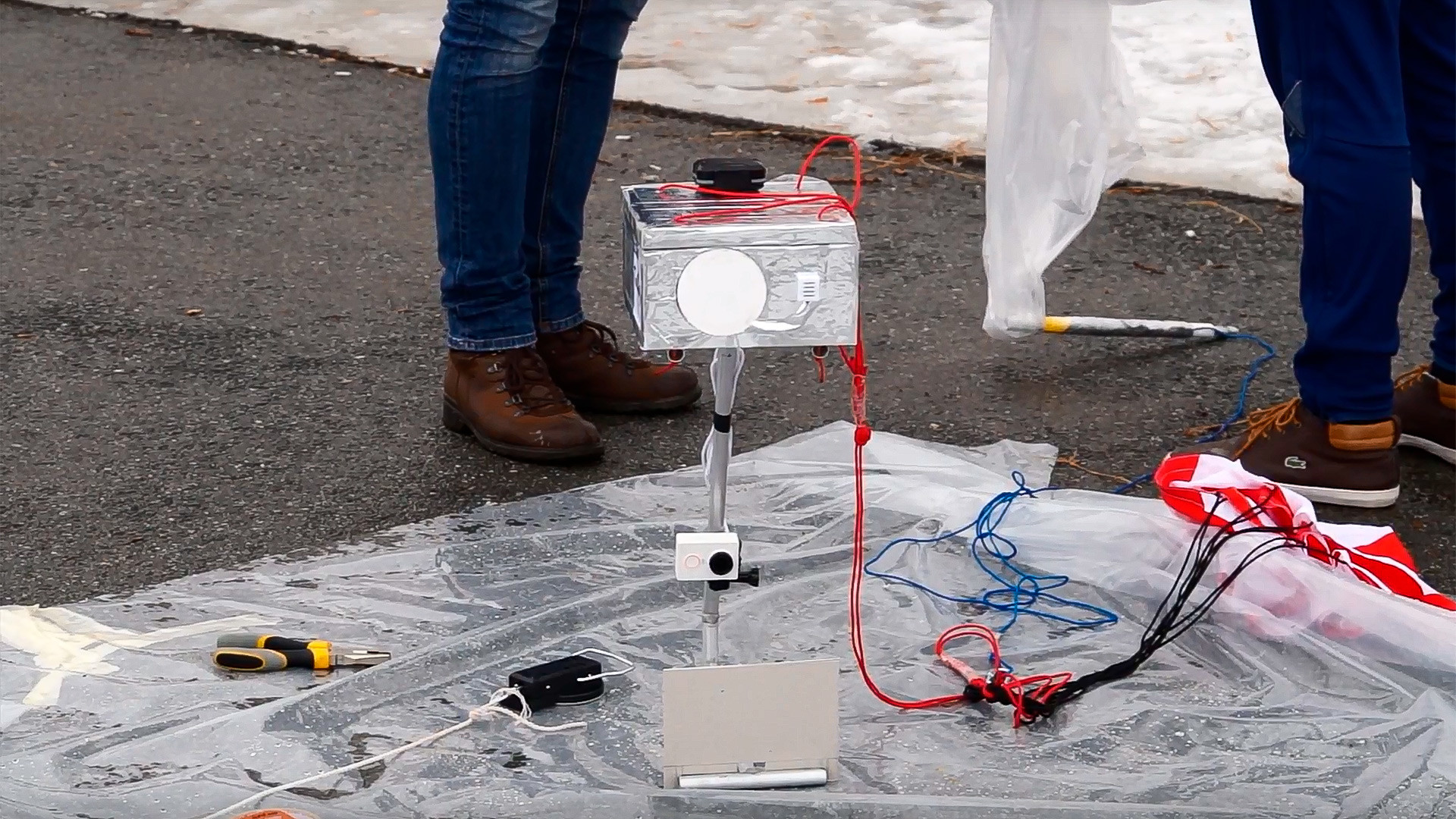
The 5-person startup from Tomsk spends 70,000-300,000 rubles per launch, although according to Cheban, the market cost of launching a freely drifting balloon to a height of 25 km with a load of 80 kg can vary from 4 to 7 million rubles.
Sure, the altitudes reached by ToSky are far less, as is the load they take to the lower layers of the atmosphere. This significantly reduces the launch costs.
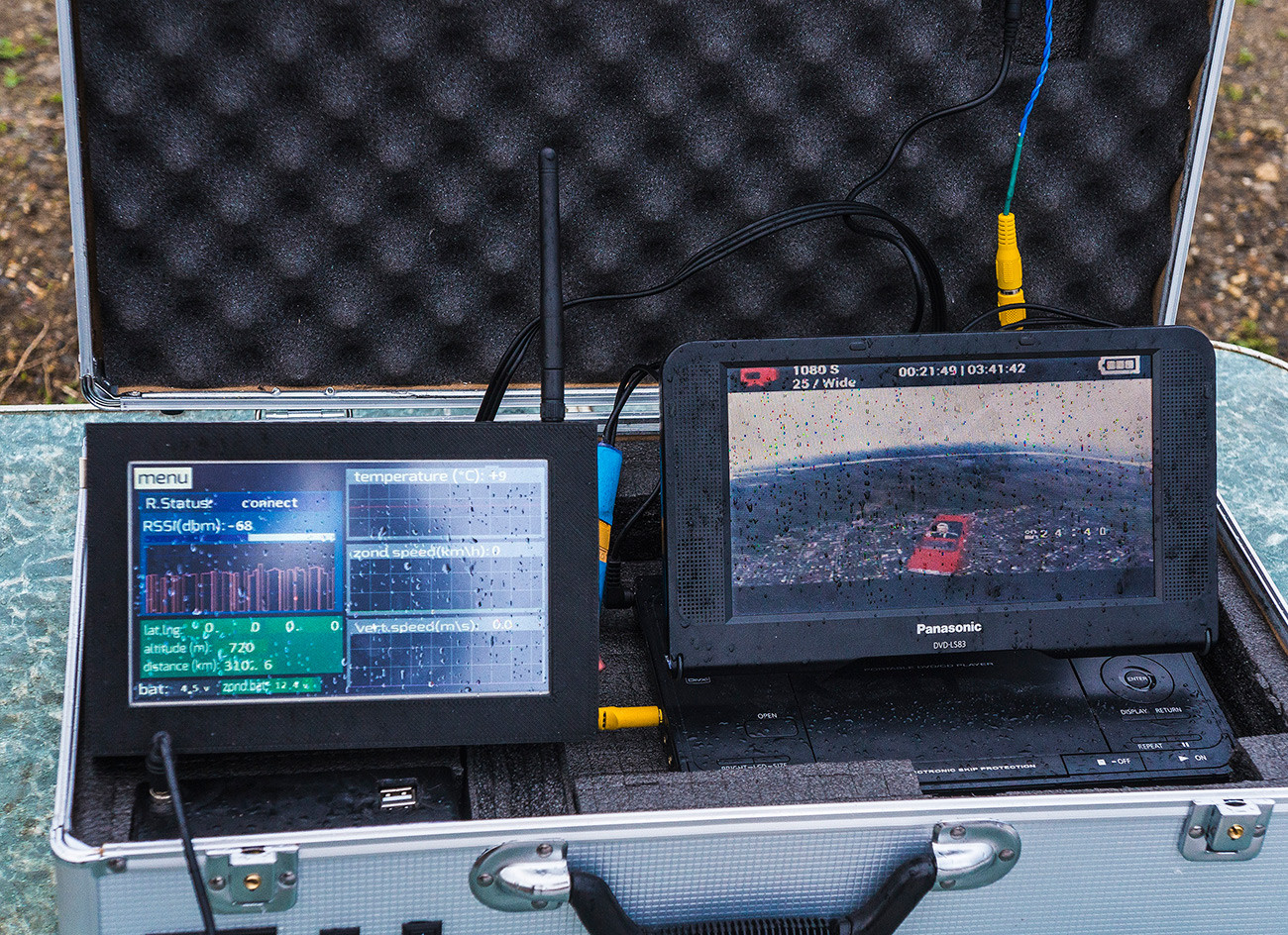
The company raises money from advertising. For a certain fee, they take music albums, courier company parcels, pizza boxes, and other items into the atmosphere.
To build a typical balloon, the ToSky team uses everyday household materials.
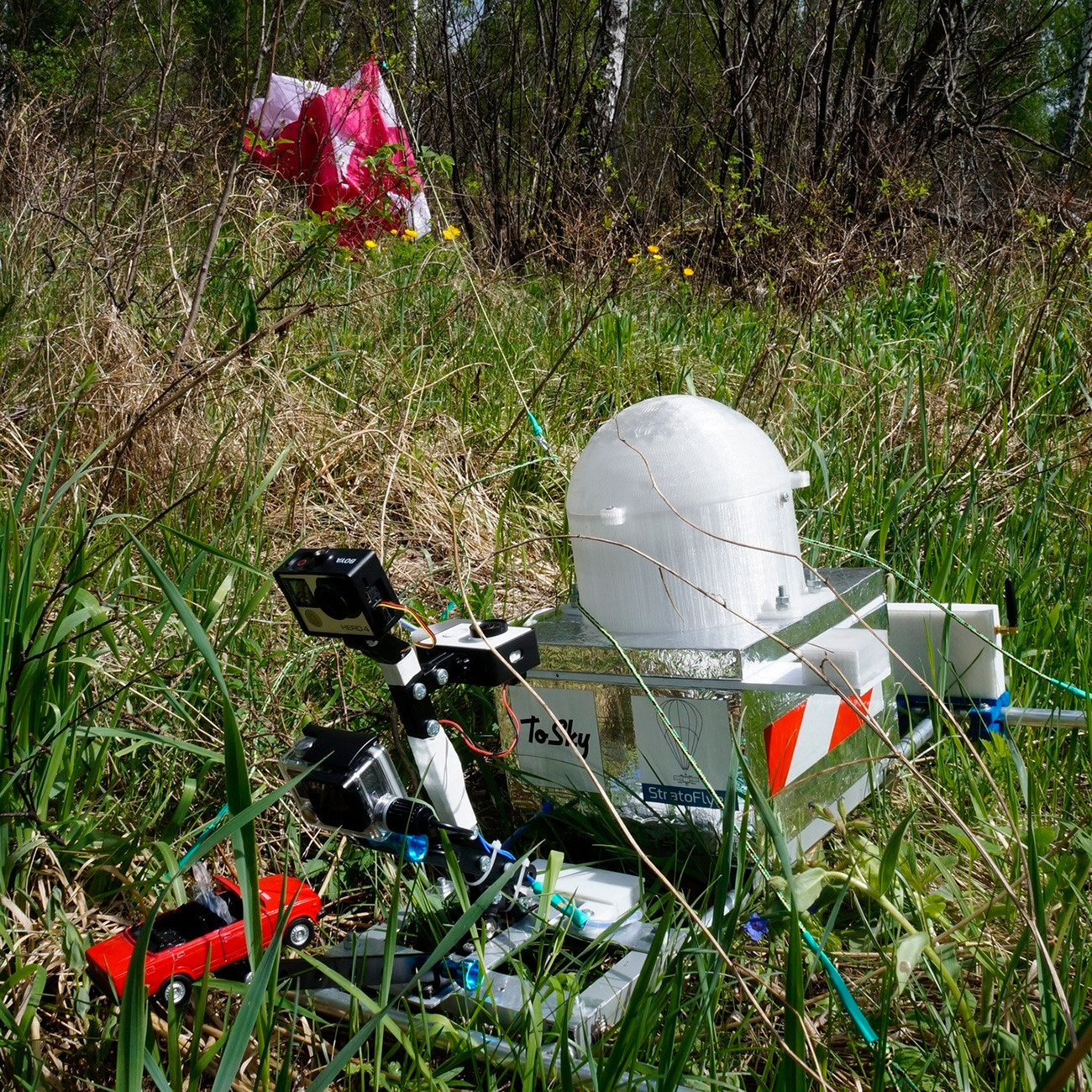
“We buy rolls of polyethylene, cut and lay it out, then solder it,” says Cheban. The helium comes from a local plant – the most recent launch needed four cylinders of six cubic meters each.
Is it safe?
ToSky has no link to any Roscosmos state program. For the state corporation, a small private startup of five people is of no interest as a partner.
“We don’t compete with Roscosmos. They don’t interfere with us, and we don’t ask them for help,” states Cheban.
“Our goal is to somehow shake up the field in Russia. No free-drifting aerostats like ours have been launched since 2013,” says the ToSky founder.
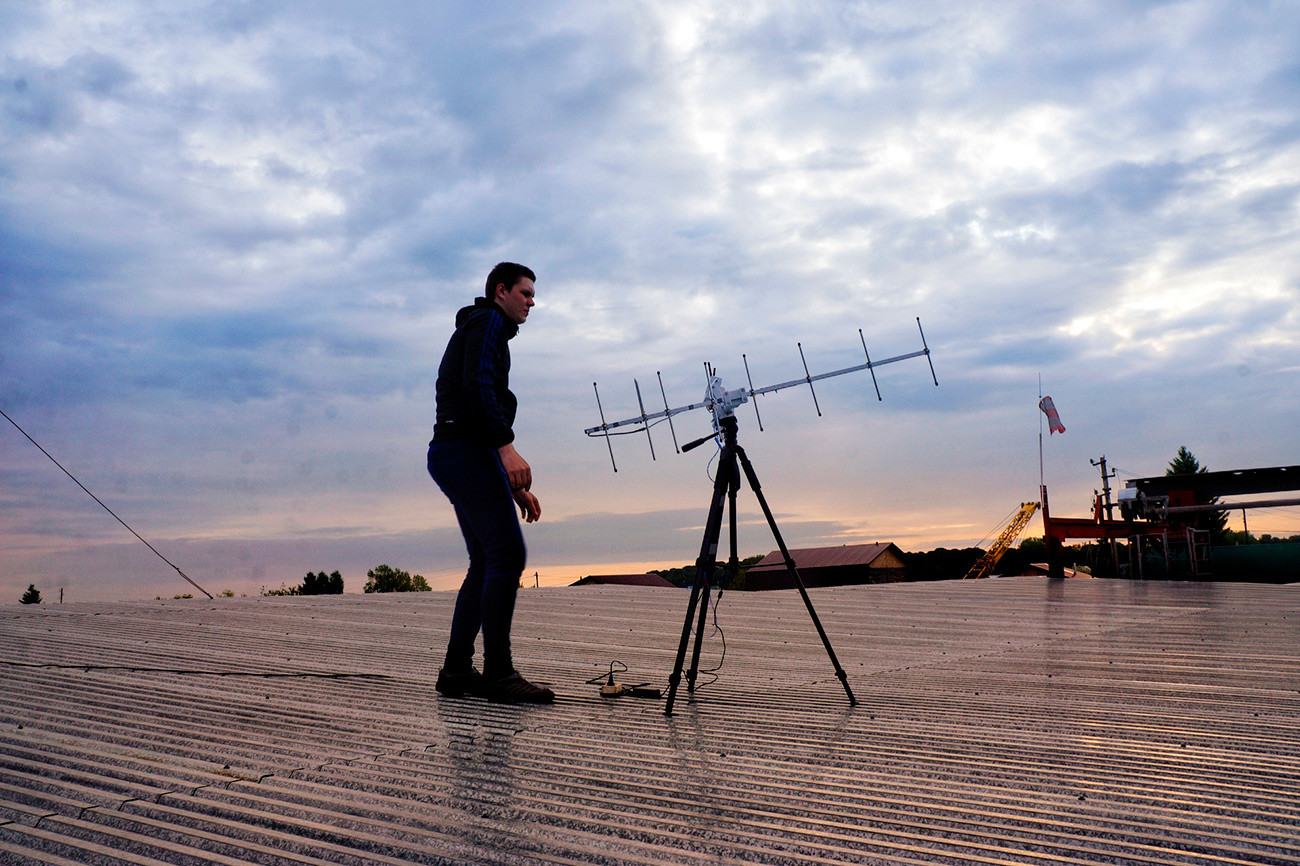
Cooperation with government bodies is limited to coordinating flights with the Russian Air Transport Agency (Rosaviatsia), so as to avoid potential mid-air collisions. “Three or four days before, we submit a flight plan specifying the vehicle parameters and flight path. After that, we contact the air traffic controller by phone and, if everything’s good, we launch the balloon,” explains Cheban.
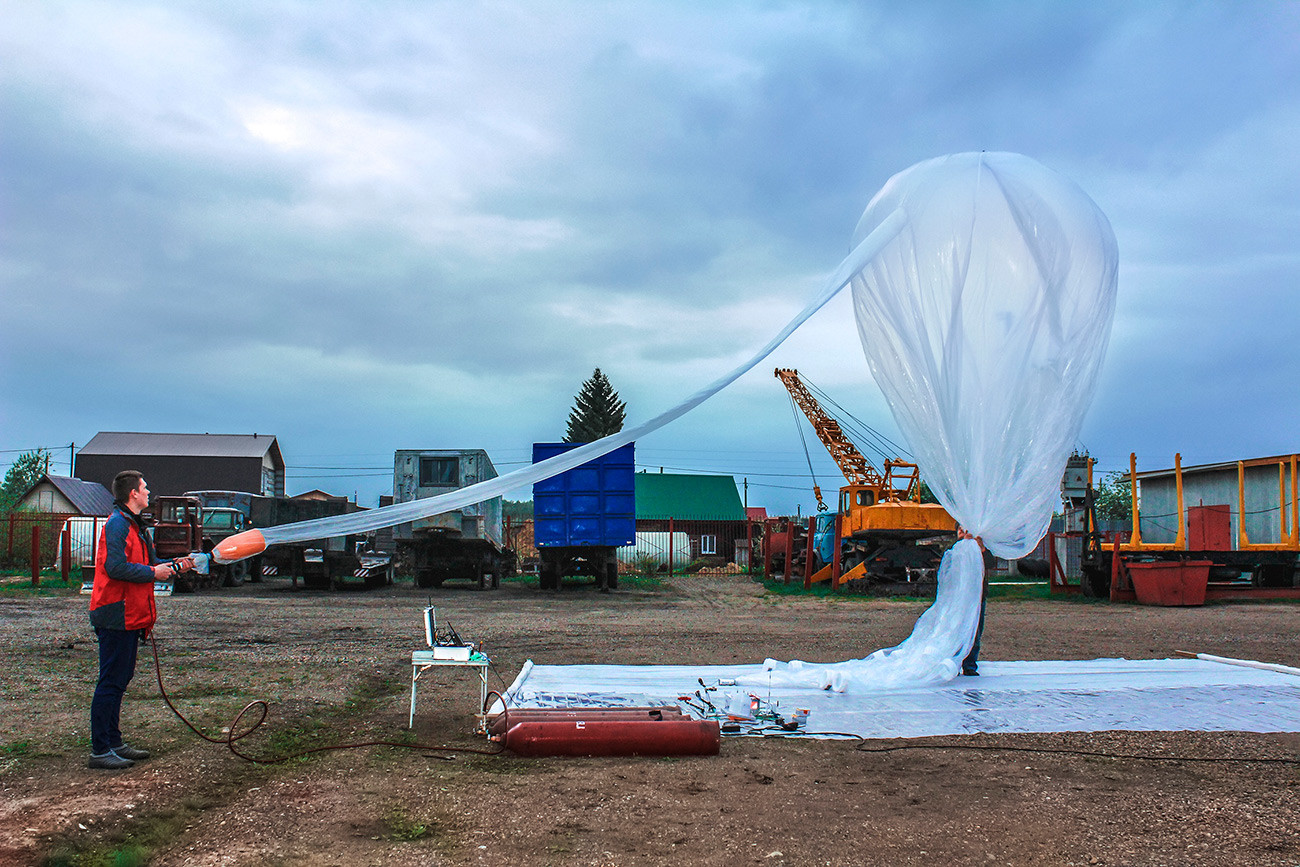
“All the balloons are fitted with radio reflectors wrapped in metallic material and perfectly visible to aircraft radar.”
ToSky’s head is not entirely sure about the direction the company should take over the coming decade; meanwhile, its launches still take place from a site surrounded by private houses.
In any event, awitty Twitter exchange with Elon Musk can only give the Russian startup confidence in tomorrow.
Click here to ckeck out ‘impressive’ Russian inventions to rival Tesla’s space launch.
If using any of Russia Beyond's content, partly or in full, always provide an active hyperlink to the original material.
Subscribe
to our newsletter!
Get the week's best stories straight to your inbox